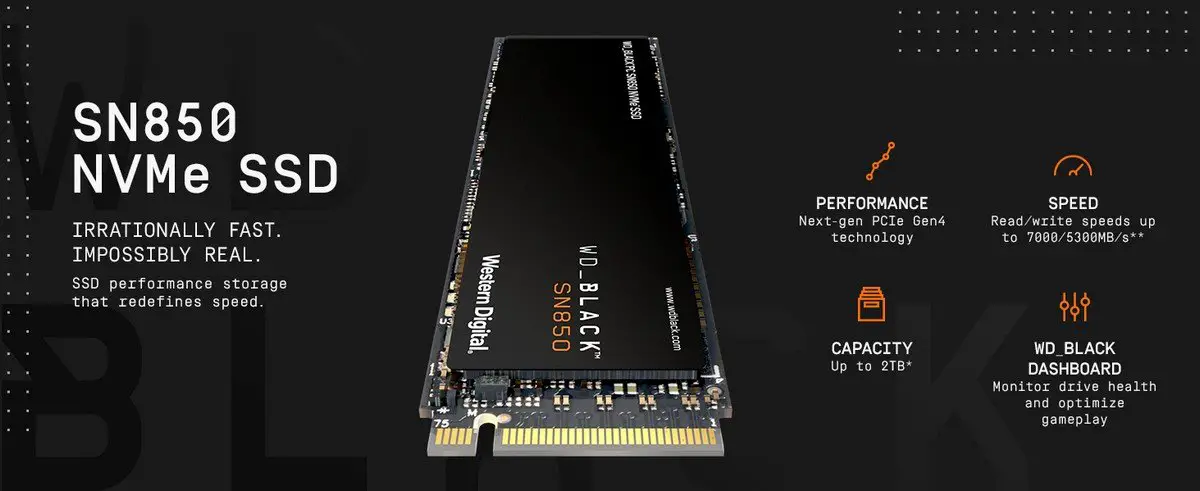The Tera network more commonly known as Luna has undergone quite a bit of skepticism in the last year. The Terra (LUNA) cryptocurrency was established in 2018 by the South Korean firm Terraform Labs, with the help of two alumni of the University of Pennsylvania and Stanford, Daniel Shin and Do Kwon. Though the technical prognosis for LUNA is unfavorable following its recent crash, the price of LUNA might eventually hit $0.005 if some of the 6.5 trillion LUNA tokens now in circulation are burned.
What Is Terra?
If you are unfamiliar with Terra LUNA, it is a protocol token intended to dampen price swings in Terra blockchain stablecoins. It’s part of a dual token system with terraUSD, where the LUNA equivalency is burnt to create a new terraUSD.
The value of terraUSD and LUNA were said to have been preserved by this until quite recently.
Should You Buy Terra?
Many potential investors want to know where they can acquire and how to buy Luna and if they should invest in the LUNA cryptocurrency. Given that $100 can today acquire you 5 million LUNA coins, whereas in April 2022 this wouldn’t be enough to buy you one LUNA token.
Proof-of-stake blockchain Terra aims to optimize the financial sector benefits of cryptocurrencies. As a result, its primary goals were the development of a scalable platform for processing payments at scale and the creation of a reliable cryptocurrency. The network’s native token, Terra, may be traded for the stablecoin TerraUSD (UST) (LUNA). As a result of the cheap transaction fees and lack of restrictions imposed by financial institutions, users all over the world may instantaneously trade cryptocurrencies using the Terra blockchain.
History OF Terra Blockchain
Invented by Daniel Shin and Do Kwon the trash-talking whiz in 2018, Terra finally released its mainnet in 2019. Terra was created by Kwon and Shin to provide consumers with the security of fiat money while leveraging blockchain technology to facilitate settlements that are both cheaper and quicker than those possible with conventional payment methods. To that end, the two creators thought that providing users with more choices would encourage wider use of the blockchain.
Support for Terra comes from the Terra Alliance. E-commerce companies and platforms all across the world have banded together to promote Terra under the banner of the Terra Alliance. The Terra Alliance’s businesses serve a combined client base of well over 45 million people and are valued at tens of billions of dollars.
Bullish 2021
On 30 September 2021, Terra released the Columbus-5 Mainnet update, and by 4 October 2021, the price of a single LUNA coin had risen to an all-time high of $49.45. The Terra network has received significant enhancements in this release. For instance, it has simplified and accelerated the process of transferring UST and other assets to different blockchains. This is because Terra is integrated with the cosmos which is a network of several blockchains.
Improvements made for LUNA alone were also included in the release. The Columbus-5 update eliminated the practice of reinvesting burnt LUNA into new apps by putting them into a communal pool. Instead, LUNA will indeed be permanently burned, in return making the coins much more sought after and precious than before.
Due to the fact that LUNA’s worth increased in tandem with Terra’s development, the token’s value shot up after the last blockchain upgrade. The initial coin offering was in the month of July 2019, and the price per coin was $1.31. The price remained below $10 one year later.
The price of LUNA, nevertheless, skyrocketed toward the close of 2021, reaching an all-time high of $103.33 on December 27. Despite the market decline in early 2022, LUNA reached a new all-time high of $119.18 on April 5. However, the token’s value had dropped significantly, to $82.94 just one month later.
The Crash
However, the flaws in Terra’s ecology were revealed in May 2022, causing LUNA’s price to plummet dramatically.
This occurred in the context of a generally pessimistic crypto market; on May 10, 2022, bitcoin reached its lowest price in 10 months. As of that day, LUNA was worth less than $40. On May 13th, the value of the cryptocurrency dropped to a new all-time lowest of $0.00001675. Consequently, the LUNA-backed stablecoin Terra lost the $1 peg. The price dropped to $0.29 on May 11th, according to data.
Do Kwon, CEO of Terraform Labs, suggested burning UST in a tweet on May 11. The project was approved by the community, but Terra had to deal with another issue. The burn failed because too much UST was attempted to be burned at once.
New Beginnings
On 13 May, however, Kwon submitted an alternative design that was ultimately approved just as Motorola announced the new android tablet. For this reason, the “strongest development ecosystems in crypto” are moving off of the old blockchain and onto the new one, leaving the defunct stablecoin in the dust.
Once again, the native coin of the new Terra network will be denoted by the ticker symbol LUNA. The original project is now known as Terra Classic, and the cryptocurrency tokens have been renamed LUNC and USTC.
Difference Between Luna 2.0 And Luna Classic?
LUNA Classic and LUNA 2.0 may look similar, but they are distinct. Under the new administration, the Terra network is split into two separate chains. The old network will be known as Terra Classic and will use Luna Classic tokens (LUNC), while the new chain will be known as Terra and will use LUNA tokens.
Instead of completely replacing the original LUNA, LUNA 2.0 will just coexist with it. Developers will start making DApps and giving the new token value, and any DApps that were originally created for Terra Luna will be given preference for LUNA 2.0. However, a reliable cryptocurrency based on algorithms is missing in other words no algorithmic stablecoin.
Nonetheless, many merchants and investors are against Do Kwon’s revival strategy as well as the proposed chain, thus Terra Classic’s community may still be at risk. Although its popularity has waned, Terra Classic still has a substantial fan base, and this community has resolved to start burning many LUNC tokens as necessary to drive up token values.
How Does Luna 2.0 Function?
Terra 2.0 uses a standard proof-of-stake (PoS) consensus process to verify the network’s transactions. On average, 130 validators participate in reaching a consensus throughout the network, with individual nodes’ voting power depending on the number of other nodes’ instances of LUNA 2.0. Rewards are calculated using both gas prices and the annual fixed inflation rate of 7% based on LUNA 2.0.
Participants in the consensus process who possess LUNA 2.0 tokens do so by transferring ownership of those tokens to a validator of their own choosing. The validation node takes a cut of the rewards before they are distributed to the delegators.
Terra 2.0 currency delegator incentives vary on the weight of the validators’ votes. To that end, it’s fair that those with more votes receive greater compensation overall, even if that money has to be spread among more people.
Warning: utilizing the Terra Network interface to delegate tasks is not without danger. For instance, dishonest validators might incur sanctions that result in the slicing of staked LUNA 2.0. Assuming the validators are disabled, even for a short period, slashing is still possible.












Comments